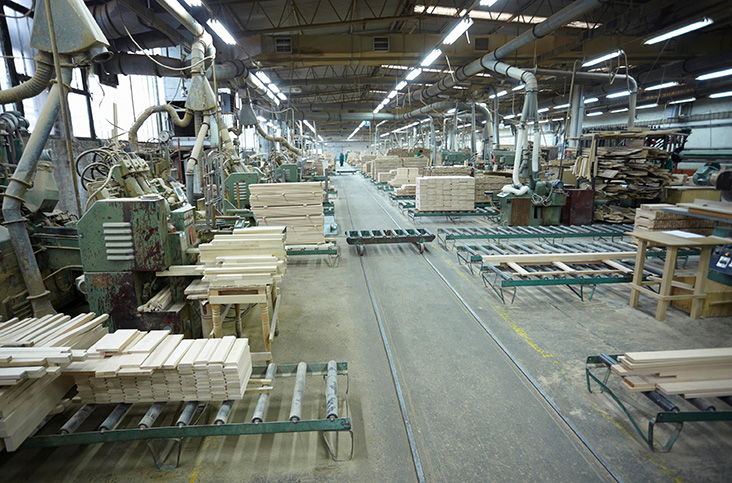
The Importance of the Sawmill Industry
The United States has the second-highest timber supply globally, with over 230 million acres of forestland. The U.S. sawmill industry processes this raw material into finished lumber, primarily for construction and flooring applications. The U.S. Forest Products Lab estimates demand for new homes will continue to grow by approximately 200,000 annually over the next decade, creating a higher demand for this raw material.
The sawmill industry is expected to grow in the next decade, as demand for lumber is expected to increase due to the recovering housing market and growing global economy. As a result, firms are investing in technology to increase productivity and lower the cost of timber processing.
Sawmill Equipment and Machinery Requirements
Transmission, transformation, and distribution equipment - You will need to provide the equipment and machinery needed to move electricity from the power generating station to the end user’s location. Transmission equipment consists of lines and associated equipment that carry electricity long distances. Electrical conductors - These cables are used to move electricity from one location to another, such as from a generating station to a local substation. Transmission equipment - This equipment is used to transform higher voltage power into lower voltage power as it is being carried to the end-user. Copeland Electric understands what it takes to keep your sawmill operational.


